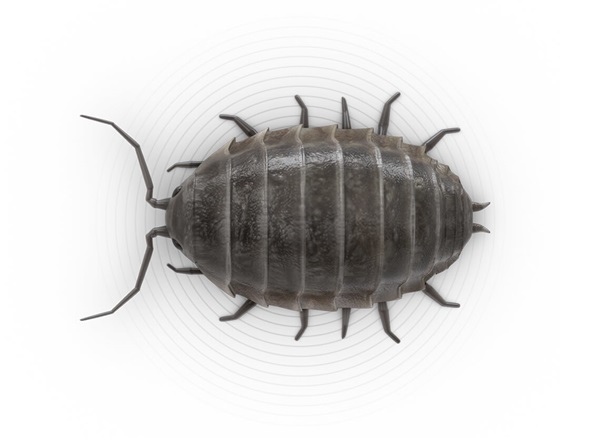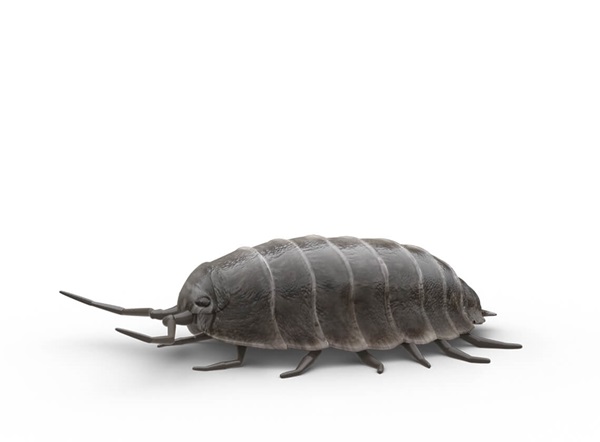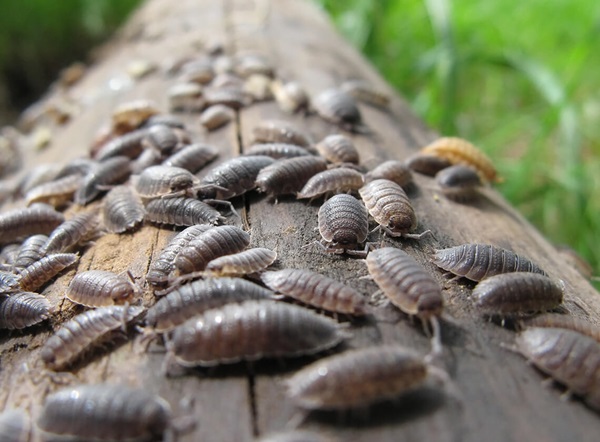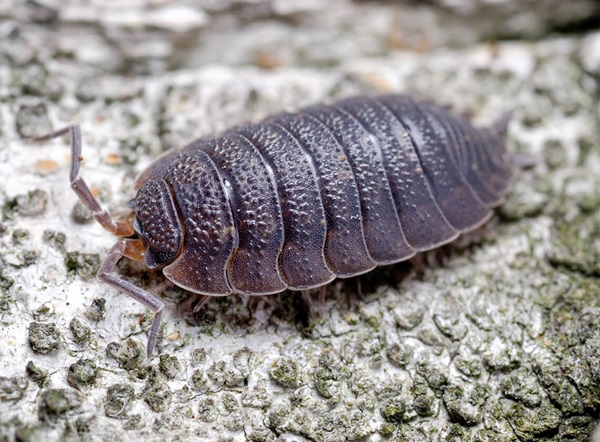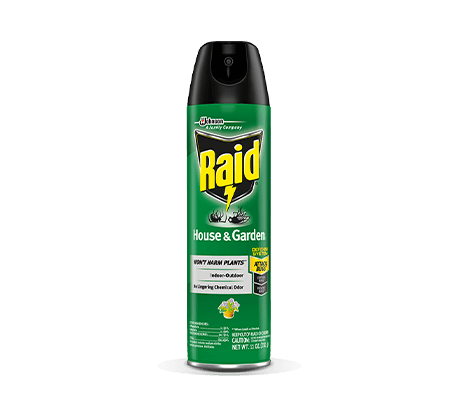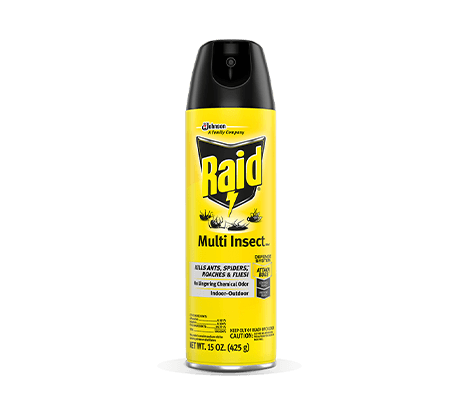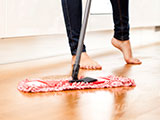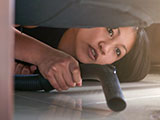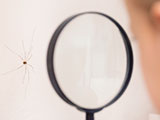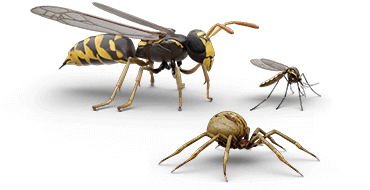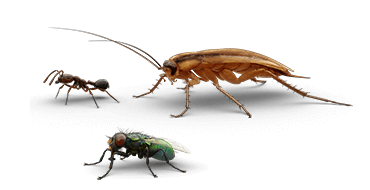Sowbugs & Pillbugs
Isopoda, Armadillidium vulgare
-

SIZE
1/4in to 1/2in long
-

COLOR
-

BITE OR STING
No
-

WINGS
No
COMMONLY MISTAKEN FOR
General Information
While sowbugs and pillbugs don’t bite, spread disease, or damage property, these creatures can be an unsightly presence if they make their way inside your home. Find out where they hide, what they eat, and how to help get rid of sowbugs and pillbugs.
-
Both pillbugs and sowbugs are slow moving and most active at night.
-
Sowbugs are often confused with pillbugs. However, pillbug species can curl into a ball when disturbed or threatened, which is how they got their nickname ”roly-poly.” Unlike pillbugs, sowbugs cannot roll into a ball.1
-
Other names for sowbugs and pillbugs include roly-polies, potato bugs, and woodlice.1
-
Sowbugs and pillbugs aren’t technically bugs at all. Both of these critters are actually part of the crustacean family, which includes lobsters, crabs, crawfish, and shrimp.1
Details
-
Sowbugs and pillbugs frequent areas with lots of moisture, such as under trash, rocks, boards, decay, or just beneath the soil surface.
-
Mulches, grass clippings, and leaf litter often provide the decaying organic matter that these bugs love to hide in and eat.
-
Pillbugs and sowbugs typically live outdoors, but they occasionally wander inside looking for moisture or a better place to hide.
-
If these crustacean critters make their way inside your home, they’ll typically invade damp spaces and may infest potted plants.
-
Neither pillbugs nor sowbugs will damage the home or transmit disease, so they are mostly viewed as a nuisance.
-
Some species may feed on cultivated plants and tender seedlings, but they rarely cause significant damage to gardens beyond leaving small, ragged holes in the leaves.1
-
Keep compost piles and decaying vegetation away from the house.
-
Caulk and seal windows and exterior doors to help keep pillbugs and sowbugs from entering your home.
-
If you notice sowbugs or pillbugs in damp areas of your home, try running a dehumidifier to make the area less humid, and therefore less appealing to them.
